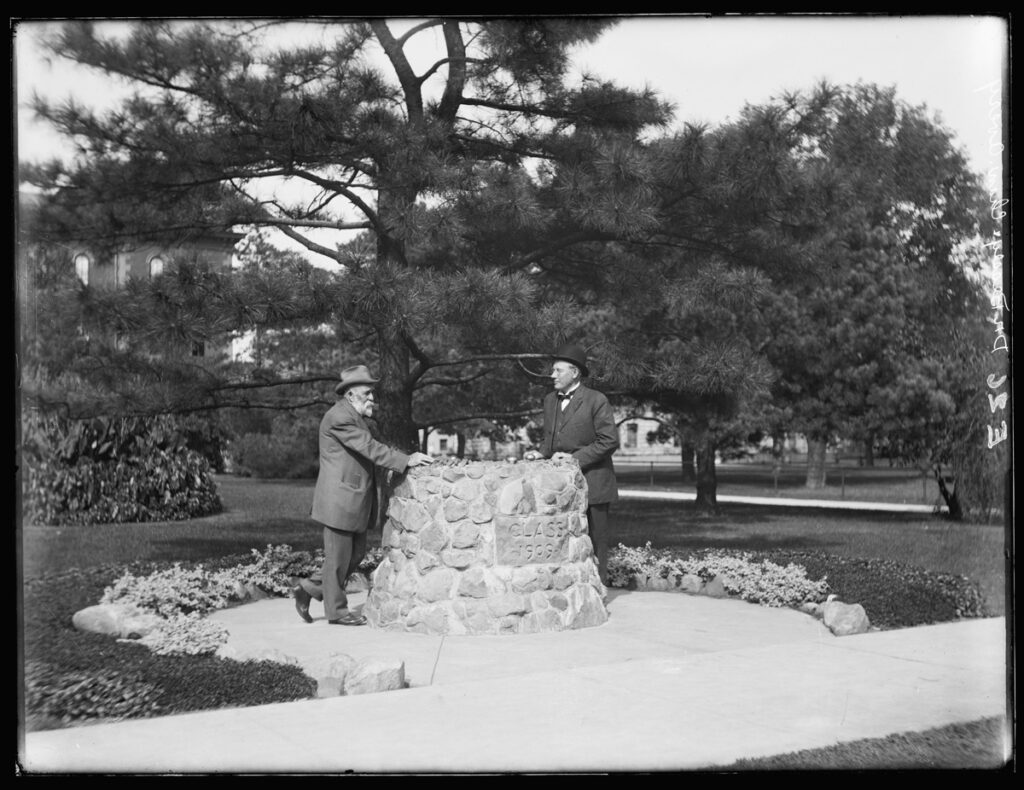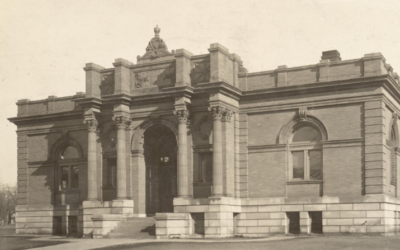The first suggestion that the federal government should plant trees in the Sand Hills came from Dr. Charles E. Bessey of the University of Nebraska in 1890. He believed forestation would provide a source of fuel and fence posts, help control erosion, and provide sanctuary for wildlife.
In 1891 the Federal Division of Forestry established a small, experimental plantation of pines on the Bruner Brothers’ ranch in Holt County. This success led to the creation of two forest reserves on the Dismal and Niobrara rivers by proclamation of President Theodore Roosevelt in April 1902. In 1908 the reserves became the Nebraska National Forest. The Dismal River reserve near Halsey was later renamed for Charles Bessey, and the Niobrara reserve became the McKelvie National Forest in 1971. Samuel McKelvie was governor of Nebraska from 1919 to 1923, and owned a ranch in Cherry County.
Since 1903 about 25,000 acres of trees have been planted in the Nebraska National Forest near Halsey, and about 3,000 acres of trees have been planted in the McKelvie National Forest. In 1960, by presidential proclamation, a natural forested area in Dawes County’s Pine Ridge was incorporated into the Nebraska National Forest. A nursery at Halsey has provided most of the trees for planting in the forest, as well as making millions of seedlings available to farmers and ranchers at little or no cost under the Clark-McNary Act of 1924. The nursery also grew trees for the Prairie States Forestry Project, a New Deal program to encourage planting of shelterbelts on about one million acres in the Great Plains.
Permanent forest management called for a combination of fire control and grazing. Since the forest is in the midst of grasslands, there is danger from a prairie fire set miles away. For example, in 1910 a fire originating sixty-five miles to the west raced across the intervening space and burned several acres. To lessen this danger, “fire lanes” were introduced. These are broad strips about a mile wide where no trees are planted. Ranchers are allowed to graze their cattle on these strip pastures just enough to keep the grass down, but not close enough to start the sand blowing and make a blowhole. This requires effective management but affords grazing for the ranchers and an income to the government from the grazing fees. The forest has proved to be an excellent resort for cattle, and the trees provide protection for the animals.




